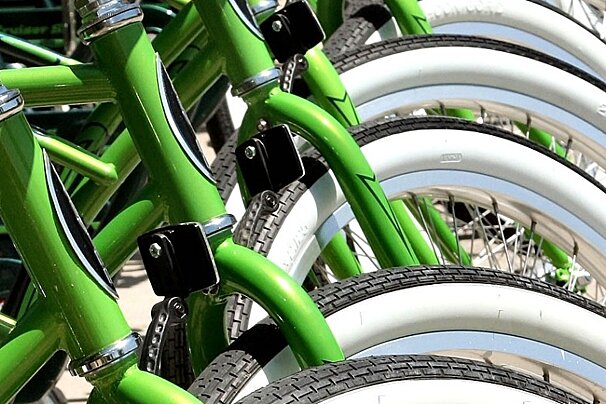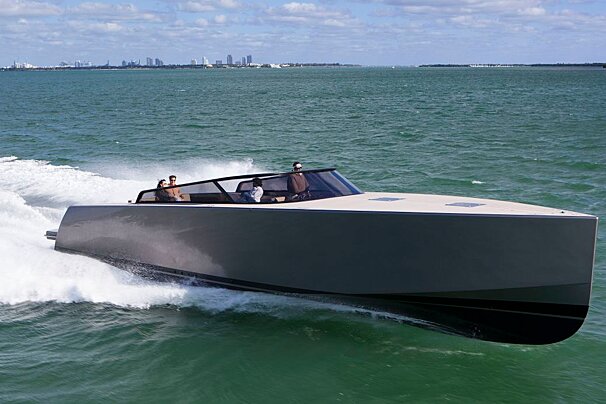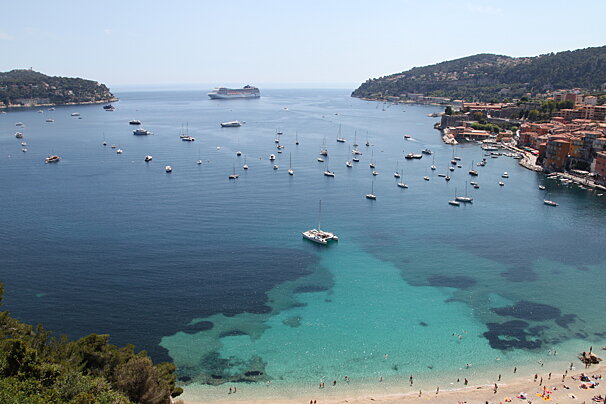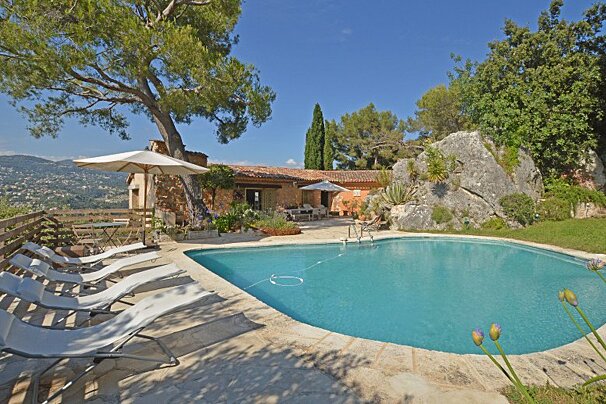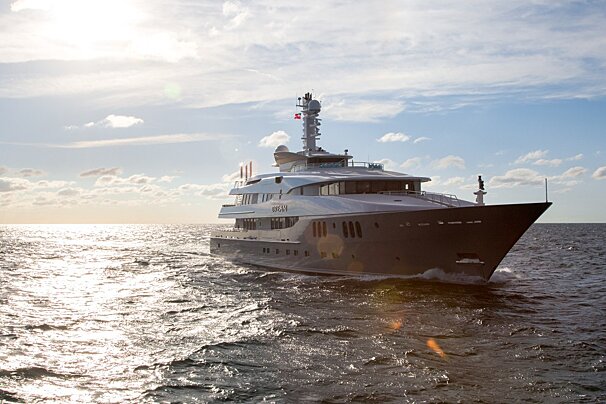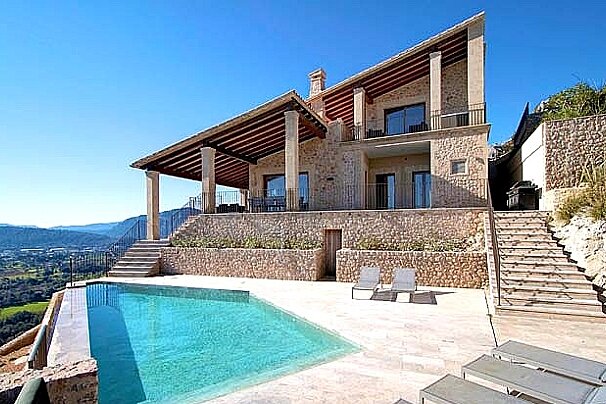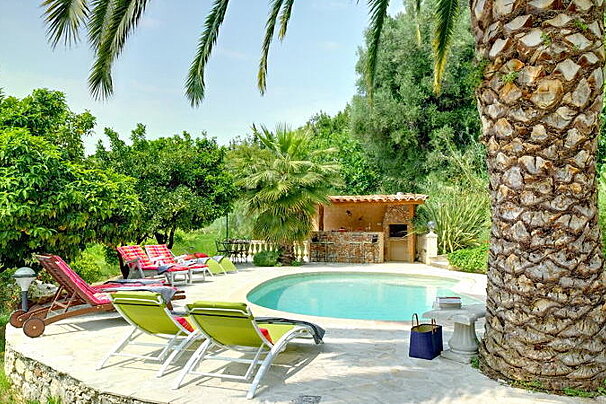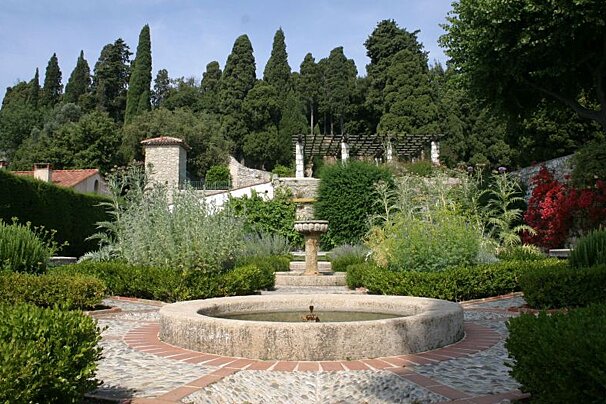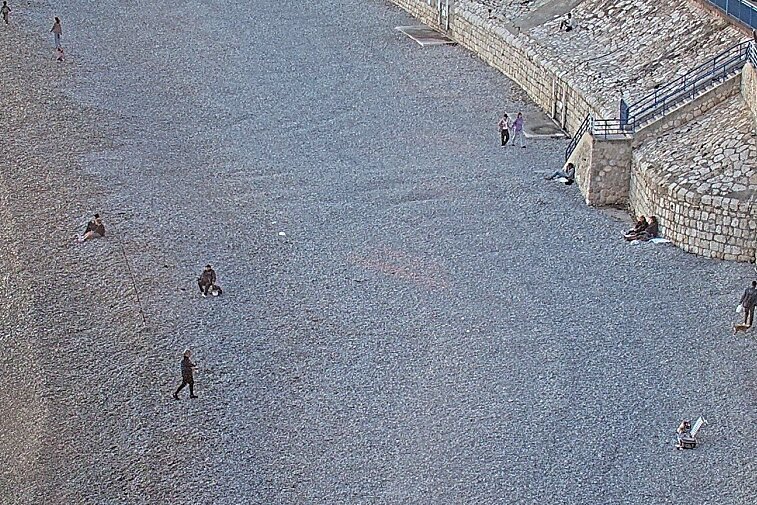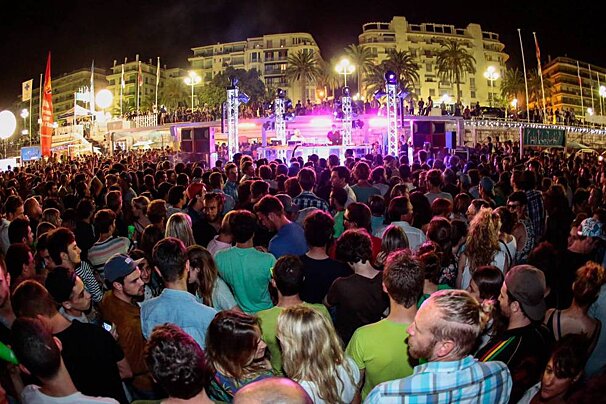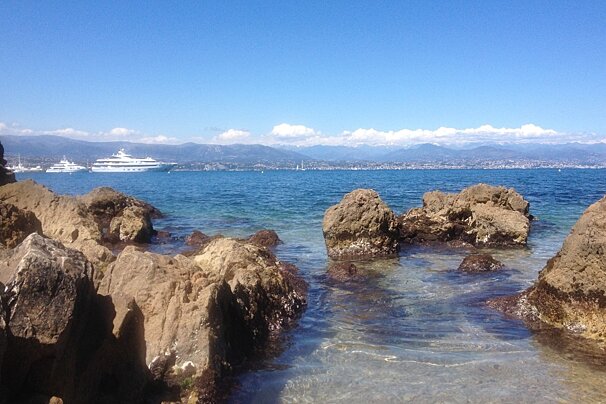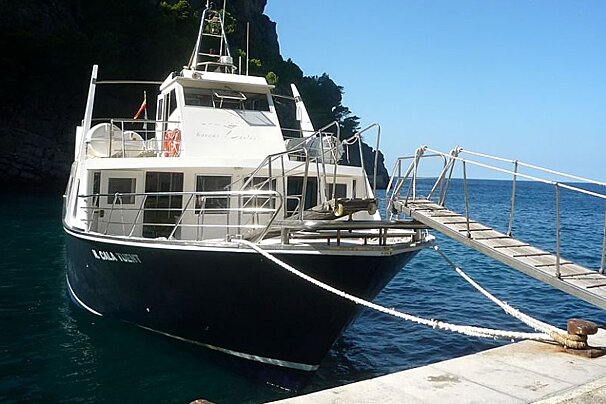
History of Nice
Discover the Nice of yesterday
The fifth most populous city in France, Nice is the capital of the Alpes-Maritime department and sits on the waterfront of the Côte d'Azur.
A city of natural beauty with a Mediterranean climate, it's a popular tourist destination and a gateway to the French Riviera due to the international airport that is situated there.
Jump to
Early history
The presence of man in the region around Nice dates back to about 400,000 years ago according to archaeological evidence but little is yet known of this distant past.
From the 4th century BC, the Phocaean Greeks established a town here named Nikaia, after the Greek goddess of victory, Nike. It was a busy trading centre. Up above the city, the Romans built the strategic centre of Cemenelum with all the accompanying grandeur, including an amphitheatre.
Development through the ages
Barbarians destroyed much of the society here with invasions over a thousand year period until finally in the 14th century, Nice gained protection from the Counts of Savoy.
It didn't become part of France until 1860, when it was handed over as part of the Treaty of Turin. In the last 150 years, Nice has modernised, become an important artistic centre, a trendy holiday spot full of historical interest and one of the biggest cities in France. It's now the second-largest French city on the Mediterranean coast and the second-largest city in the Provence-Alpes-Côte d'Azur region after Marseille.
In the second half of the 18th century an increasing number of English aristocratic families took to spending their winters in Nice, mainly due its mild Mediterranean climate and the natural beauty of the area. The city's main seaside promenade, the Promenade des Anglais (‘the Walkway of the English') owes its name to the earliest visitors to the resort
Recent history
The 20th century saw the arrival of modern transportation. In 1900, the Tramway de Nice took over from the horse-drawn streetcars and wider travel in the region from Menton to Cagnes-sur-Mer.
In the 1930s Nice hosted international car racing in the Formula Libre (predecessor to Formula One) on the so-called Circuit Nice.
As war broke out in September 1939, Nice became a city of refuge for many displaced foreigners, notably Jews fleeing the Nazi progression into Eastern Europe. From Nice many sought further shelter in the French colonies, Morocco and North and South America. Nice was also heavily bombarded by the American airforce in preparation for the Allied landing in Provence (1,000 dead or wounded and more than 5,600 people homeless) and as a result of this a famine ensued in the summer of 1944. Finally American paratroopers entered the city on 30 August 1944 and Nice was finally liberated. The consequences of the war were heavy, the population decreased by 15% and the economic life was totally disrupted.
In the second half of the 20th century, Nice enjoyed an economic boom primarily driven by tourism and construction, which has continued to the present day and makes Nice one of the most popular tourist destinations in the South of France.


